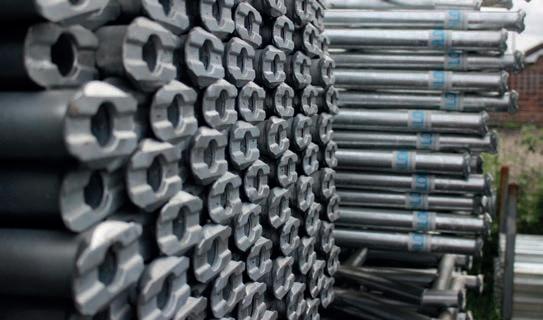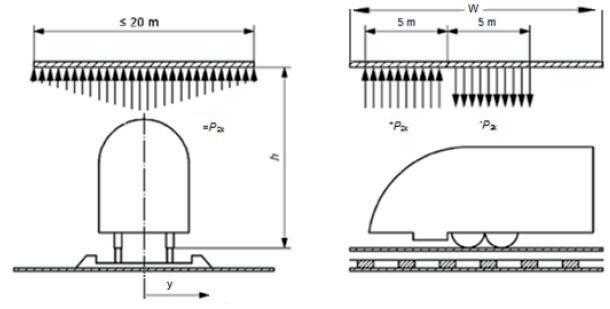
2 minute read
Control the Stock –Control the Plan –Control the Results
from AccessPoint Issue 02
by AccessPoint
Andrew Smith of scaffolding software specialists
the accuracy of your forecasting and utilisation calculations.
As confidence in your stock control practices is built up, it is easier to make effective and sensible decisions on equipment purchases, cross hiring and the rates of hire you can afford to offer your customers.
If your idea of scaffolding stock control is a peek out of the window on a Monday morning to check if you need to call a supplier to buy a hundred 21ft tubes (and a basket each of doubles and singles), then you could be missing out on opportunities to increase your bottom line! Achieving bottom-line improvement can be as simple as keeping track of a few key factors in your businesses to ensure equipment is available when you need it, where you need it.
Forecasting
Through forecasting – making predictions of future use based on past and present data – you can plan ahead and understand the future demand for scaffolding equipment. By looking just a few weeks ahead with known or high-probability work, you will be better able to deal with sudden increases in equipment demands. When you look forward to understand future demand, you can plan to make a purchase or choose to cross hire for peak demand for a short period, allowing you to control expenses such as purchase pricing and shipping costs.
Utilisation
When you keep track of equipment utilisation (by comparing equipment owned to equipment in use), it becomes easier to understand the needs of your business and the return on your invested capital. In addition to return on investment (ROI) information, it is often thought that if you are utilising your assets at 75 to 85 per cent, you are in a sweet spot and able to respond to most of the typical jobs you see. As you move beyond 85 per cent utilisation, you approach an area that will not allow you to respond to your immediate equipment needs, resulting in cut-downs and inefficient use of fittings.
Cycle Count
A regular count of your key (fast moving) components – often referred to as a cycle count, where you count a small subset of inventory in a specific location – allows you to identify potential shipment problems, such as un-recorded shipments, returns or transfers. As you find and fix these errors, you ensure
Taking a simple approach to forecasting –through understanding utilisation and verifying though cycle counts – will allow you to plan to succeed and add to your bottom line.
Andrew Smith Avontus Software www.avontus.co.uk
Calling all members
Are you working on an interesting project that you’d like to share with AccessPoint readers? Or, are you working on something unusual or quirky that you’d like to shout about to members of the UK’s fastest growing trade association? Then we’d love to hear from you! Send us your story with any relevant images to newsdesk@accesspoint.org.uk









